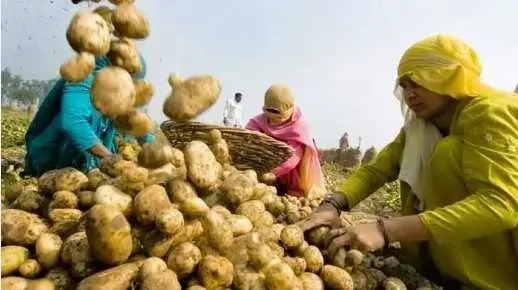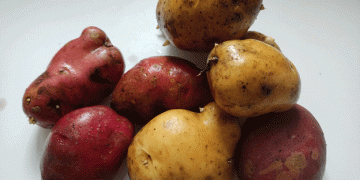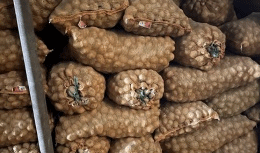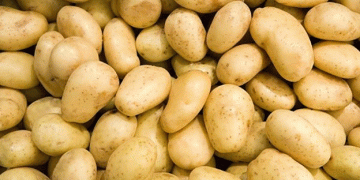How Potatoes Became a Staple Crop in Bengal, Driven by the Pioneering Efforts of Hooghly Farmers
The introduction of potatoes to India dates back to the seventeenth century when the Portuguese brought this versatile tuber to the Malabar coast. Initially confined to a small region, it was the British influence in Hooghly that led to the widespread cultivation of potatoes in Bengal. Despite an early lack of popularity among Bengalis, the adoption of potatoes in Hooghly marked a turning point, eventually earning recognition and rewards for the farmers.
On January 24, 1953, a significant event marked the history of agriculture in independent India as farmers in Hooghly were recognized for their pioneering efforts in potato cultivation. This humble crop, which originated from across the seas, found its roots in the fertile lands of Gangapar, Hooghly, becoming one of the staple crops of Bengal.
In a remarkable display of agricultural prowess, farmers from Hooghly showcased their dedication and skill in potato cultivation. The first-ever ‘Farmers Award’ in independent India was proof of their hard work. Girindranath Saha of Haripal, Dukadi Ghosh of Banmalipur, Chandithal, and Subalchandra Padui of Srirampur were among the notable recipients of this prestigious award. Their impressive yields per acre highlighted the agricultural potential of the region. The year 1953 not only celebrated the success of Hooghly’s farmers but also underscored the importance of potatoes in the local economy. The competition brought together farmers from various parts of the state, showcasing the agricultural diversity and talent present in India.
As documented by author Sudhir Kumar Mitra in the book “History and Bengal Society of Hooghly District,” the legacy of these pioneering farmers continues to inspire future generations to excel in agriculture. He wrote about the farmers waiting in front of Srirampur’s historic town hall on a January afternoon, where Girindranath Saha of Haripal received the first prize of Rs. 400 for producing 563 maunds and 4 maunds of potato per acre. Dukadi Ghosh of Banmalipur, Chandithal, won the second prize of Tk 250 for growing 511 maunds of potatoes per acre. Subalchandra Padui of Srirampur received 150 taka as the third prize for yielding 491 maunds and 1 ser of potatoes per acre. Although the award was given in 1953, the harvest year was 1951-52. The peasant mohalla of Hooghly was brought down to competition in 1951 itself. The recognition bestowed upon them in 1953 remains a symbol of the rich agricultural heritage and innovation that defines Hooghly’s contribution to the farming community in India.






